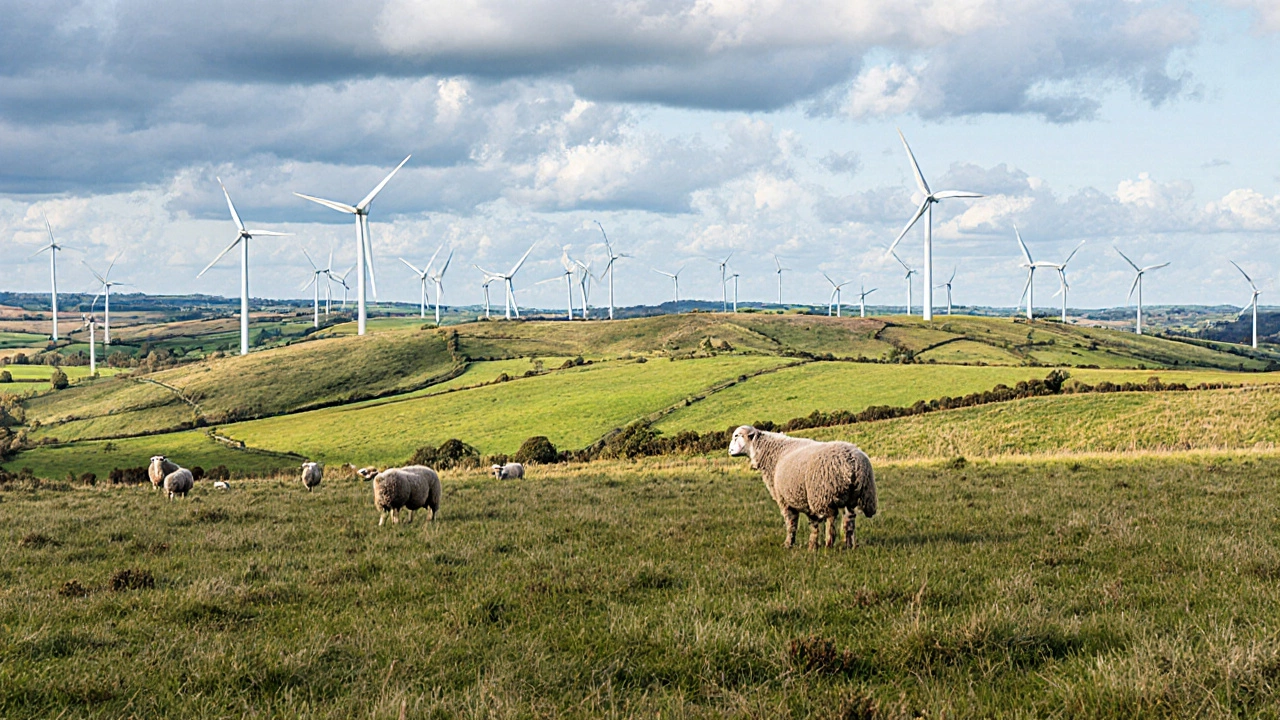Net Zero Explained: What the Goal Means for You
You've probably heard the term "net zero" everywhere – in news headlines, on TV, even on your grocery receipt. But what does it actually mean? In plain English, net zero is the point where the amount of greenhouse gases we release into the air is balanced by the amount we take out or offset. Think of it like a bank account: you add emissions on one side and remove them on the other until the balance is zero.
Why Net Zero Matters Right Now
Climate scientists warn that we have a narrow window to keep global warming below 1.5°C. Reaching net zero by mid‑century is the most realistic way to stay inside that limit. Every tonne of carbon we stop adding makes a difference, and the sooner we act, the cheaper the fixes become. That's why governments, big companies, and even small towns are setting net zero targets – they want to avoid the worst weather, sea‑level rise, and food shortages that would come later.
Practical Steps You Can Take Today
Feeling overwhelmed? You don't need a PhD in climate science to make an impact. Start with the biggest levers in your daily life:
- Travel smarter: Swap a few car trips for public transport, bike, or walk. If you can, consider an electric vehicle or a car‑share program.
- Cut home energy use: Switch to LED bulbs, seal drafts, and use a programmable thermostat. Even a modest upgrade can shave dozens of kilos of CO₂ each year.
- Choose low‑carbon food: Eat more plant‑based meals, buy locally produced items, and reduce food waste. A single beef‑free week can offset the emissions of a short flight.
- Support renewable energy: If your provider offers a green tariff, sign up. Or invest in rooftop solar panels if you own a home.
- Offset wisely: When you can't eliminate emissions, look for reputable carbon‑offset projects that plant trees or fund clean‑energy initiatives.
Every small change adds up, especially when millions of people adopt them. The key is consistency – make one habit stick before moving on to the next.
Businesses are also shifting. Many are auditing their supply chains, switching to electric fleets, and buying renewable power. If you run a small company, start by measuring your carbon footprint. Tools are free online, and the data gives you a clear roadmap for cuts.
Net zero isn't a buzzword; it's a roadmap for a livable future. By understanding the goal and taking a few practical steps, you become part of the solution. The next time you hear "net zero" on the news, you'll know exactly why it matters and what you can do about it.
Labour Victory Spurs Energy Saving Trust Call for Immediate Net Zero Action
The Energy Saving Trust welcomed Labour's win in the 2024 UK election, praising the new government's net‑zero ambitions while warning that promises must turn into concrete steps. CEO Mike Thornton urged ministers to fast‑track home insulation, low‑carbon heating and renewable roll‑out, stressing the next five years are decisive for cutting bills and decarbonising the nation. The Trust calls for clear roadmaps and long‑term signals to give households and industry certainty ahead of the 2030 Paris deadline.
Read More